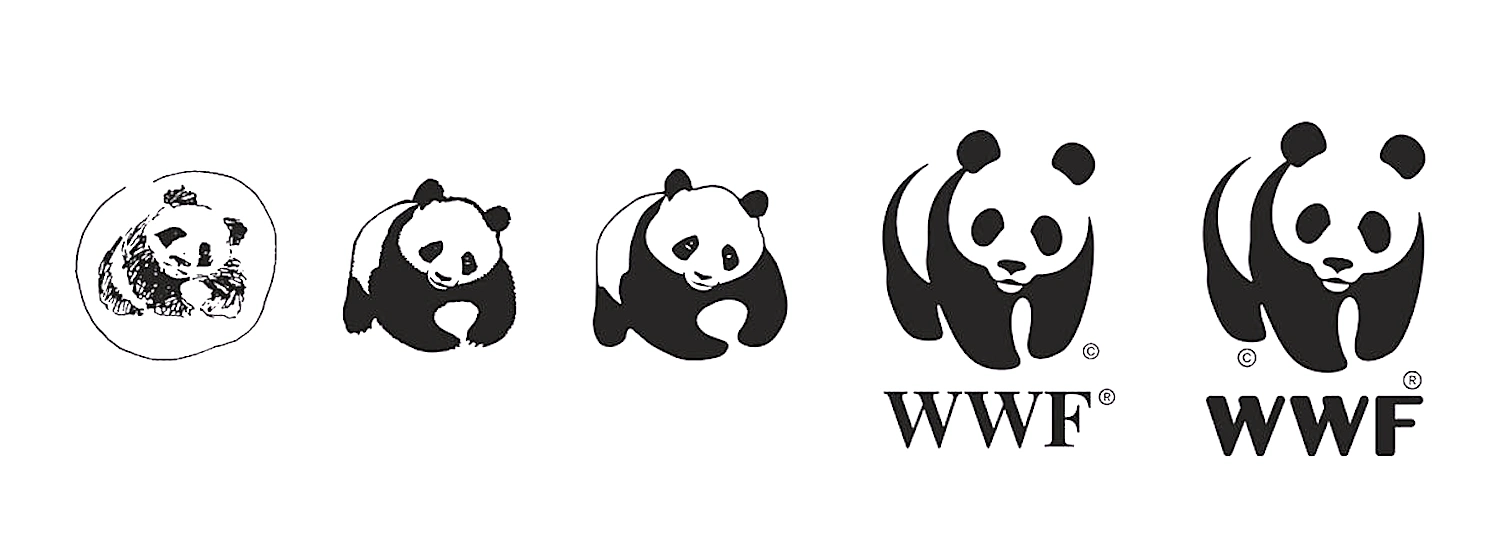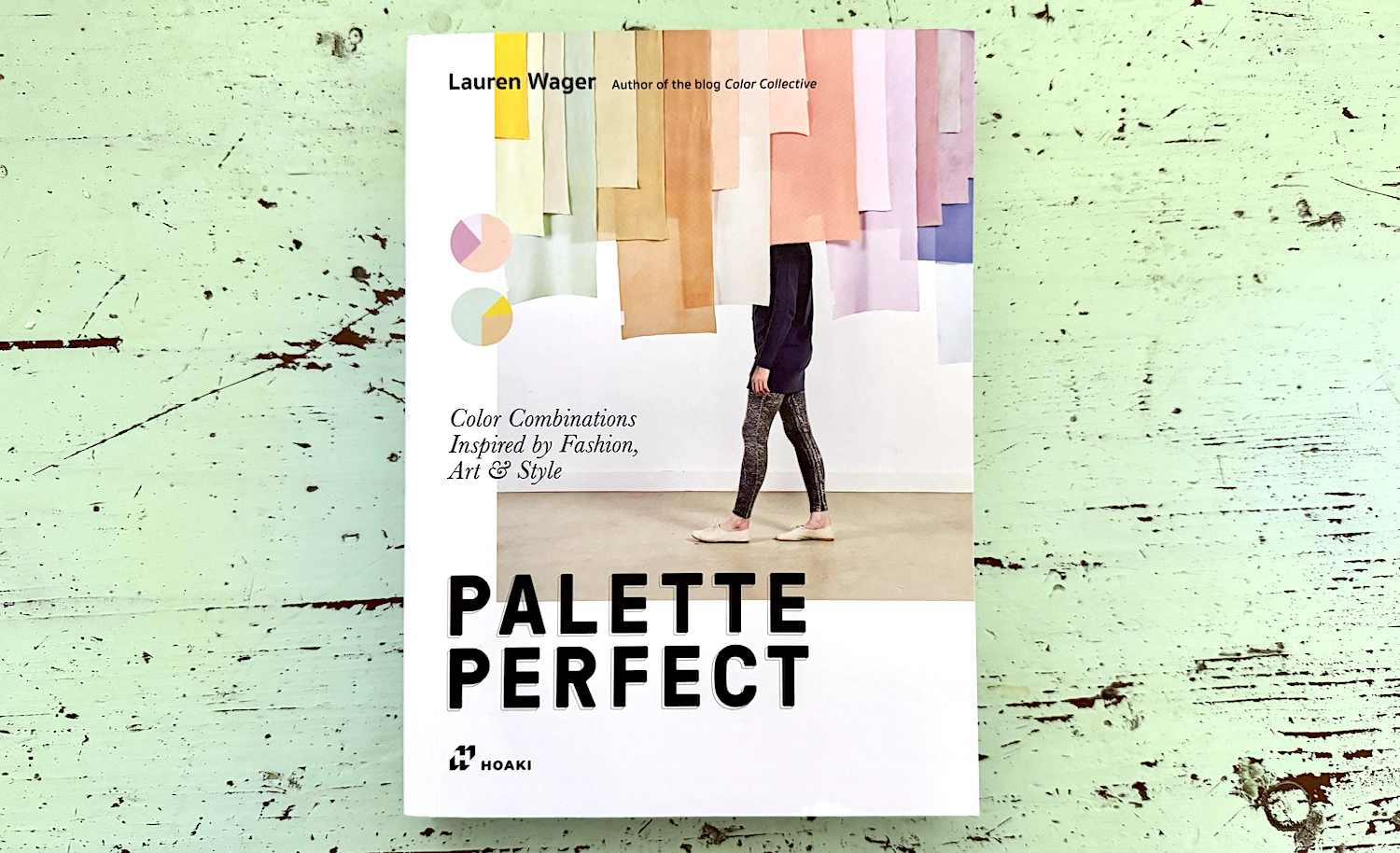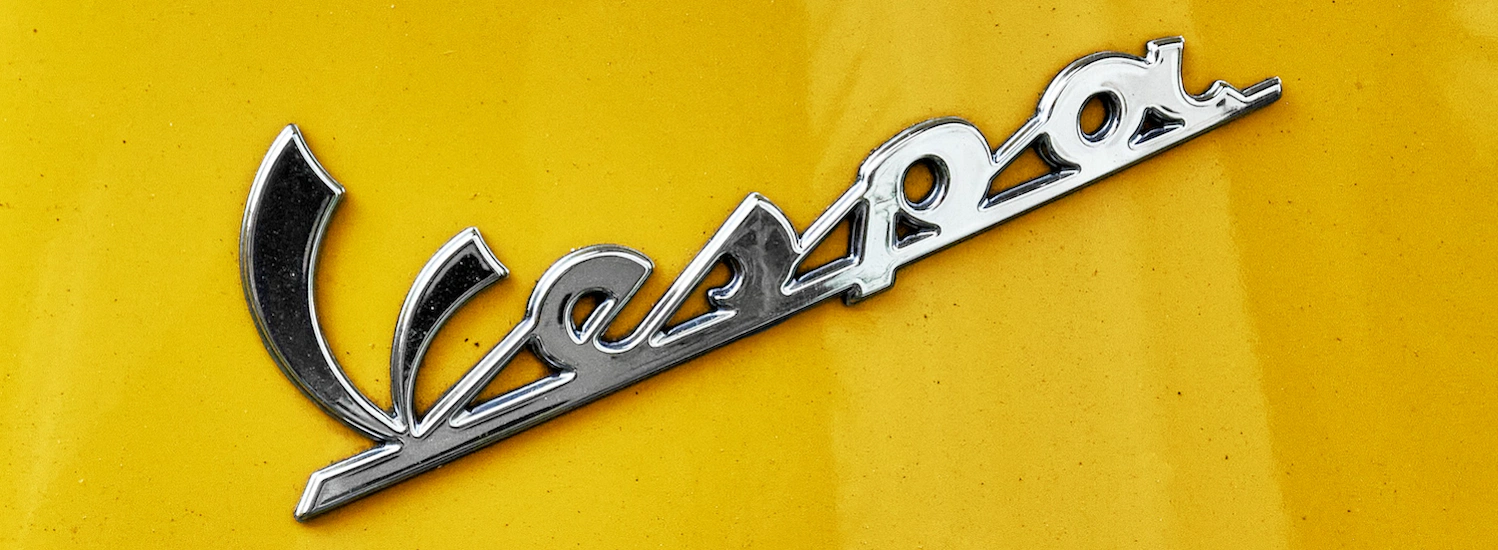Images and graphics are now so much more than just aesthetic elements: they are powerful tools that shape the identity of an organization or company. With a well-designed visual identity, you can speak directly to your target group – and at best leave a lasting (positive) impression.
Anchor drops: creating the visual identity
A well-considered brand design is an effective instrument for attracting and maintaining customer loyalty. Thinking it through requires strategic planning and clear objectives. Here are important steps to develop a strong, consistent design that effectively transmits the brand identity:
Define brand core and target group
Before you start designing, the brand identity should be clearly defined: What is the brand’s mission, what values does it represent and what is the target group? A precise understanding of what the brand stands for and who it should reach provides the basis for every design element.
Develop a striking logo
The logo is the main feature of the brand. It should be simple, memorable and flexible – so that it works well on all types of media. A strong logo conveys the personality of the brand and remains in the memory of the target group.


Choose your color palette wisely
Colors trigger emotions and influence perception. The choice of color should reflect the brand values and stand out among competitors without overwhelming the target group. A limited color palette is usually more effective and creates a higher recognition value. I love being inspired by Lauren Wager and her book »Palette Perfect« – a practical guide with lots of design combinations. Definitely makes you want to go for color!


Define the right typography
Fonts play a major role in design and influence the brand image. Consistent typography ensures clarity and structure. The chosen fonts should be easy to read and emphasize the tone of the brand – whether it’s modern, classic, friendly, serious or playful – it must match the brand!


Define visual language and design elements
Photos, illustrations and other visual elements complement the design and ensure a consistent look. The visual language should also express the emotions and values of the brand and be used coherently on all platforms. Whether minimalist, vibrant or maybe technical – it always contributes significantly to the overall impression.
Create a smooth user experience
Design also includes usability. A clearly structured and easy-to-navigate design – whether on the website, an app or in the product environment – ensures simple orientation and reduces frustration. The easier the interaction, the greater the users satisfaction and loyalty.
Create a corporate design style guide
A style guide documents all design elements and defines rules for their use. From logos and color schemes to fonts, imagery and spacing: This guide ensures that all marketing materials – online and offline – are implemented consistently and true to the brand.
Evaluate and adjust regulary
Brands grow over time, and so design should evolve with them. A regular review of design elements helps to ensure that your design remains fresh, relevant and appealing to the target audience.
The brand’s visual anchor rope
In a world full of visual impulses, it is extremely important to stand out through strong design. Well-designed images and graphics not only make the brand more appealing, but also reinforce its message – guaranteeing advantages in the constant competition for attention. So to say, strong design anchors the brand in the customer’s mind.
Therefore, if a company does not yet have a corporate design, we advise to do it »once and for all«. Create a corporate design style guide. And stick to it for all advertising activities and public appearances, because: Corporate design is an investment in the future that guarantees a »return on investment«, because the money spent on advertising and market communication is used more effectively. In other words, a consistent corporate design pays off - not only financially, but also in terms of long-term brand value and customer loyalty.



